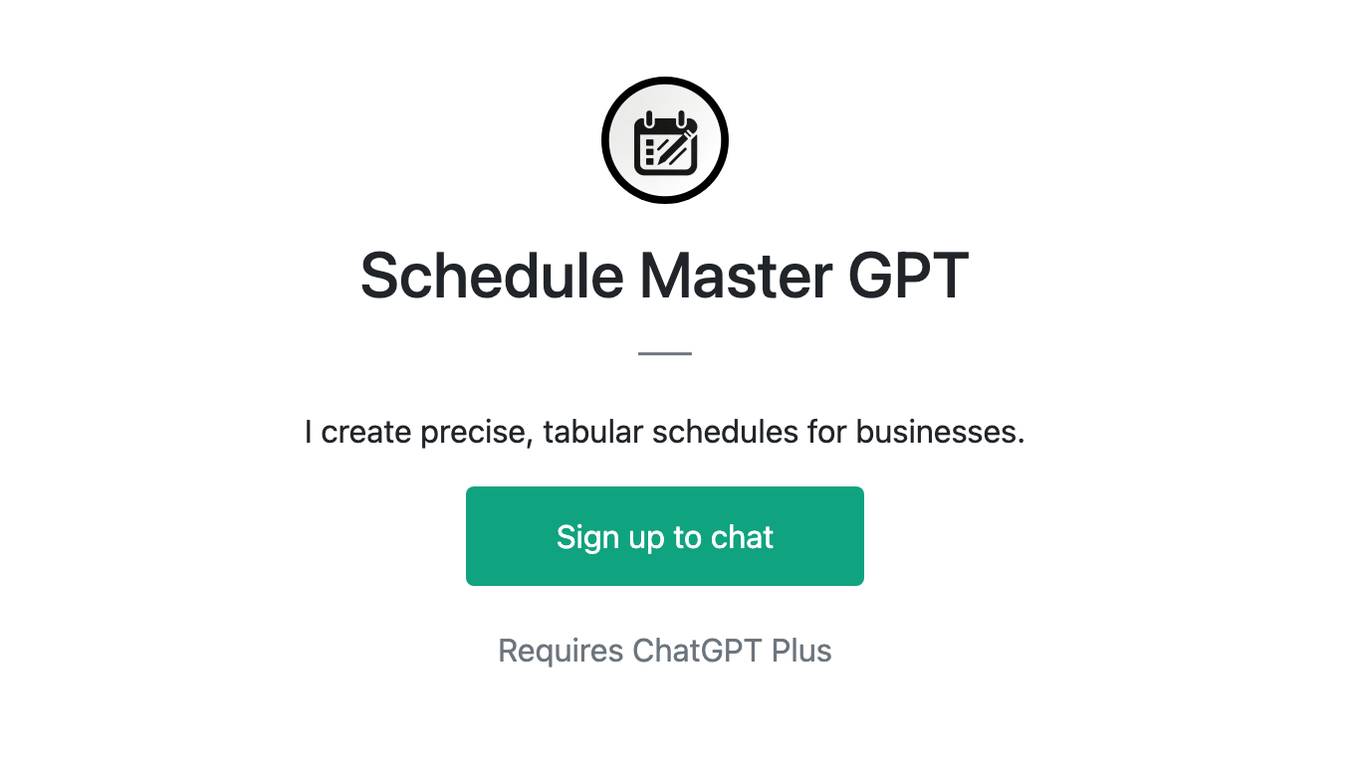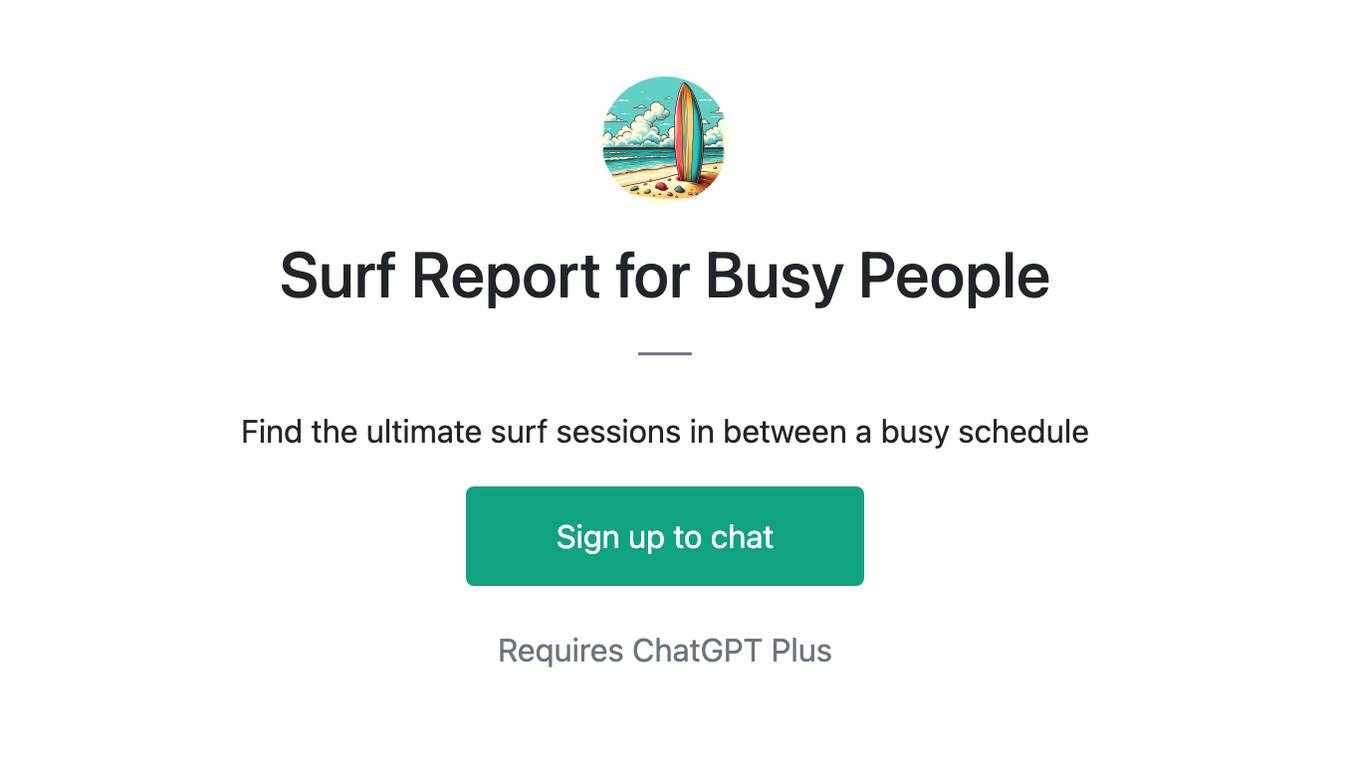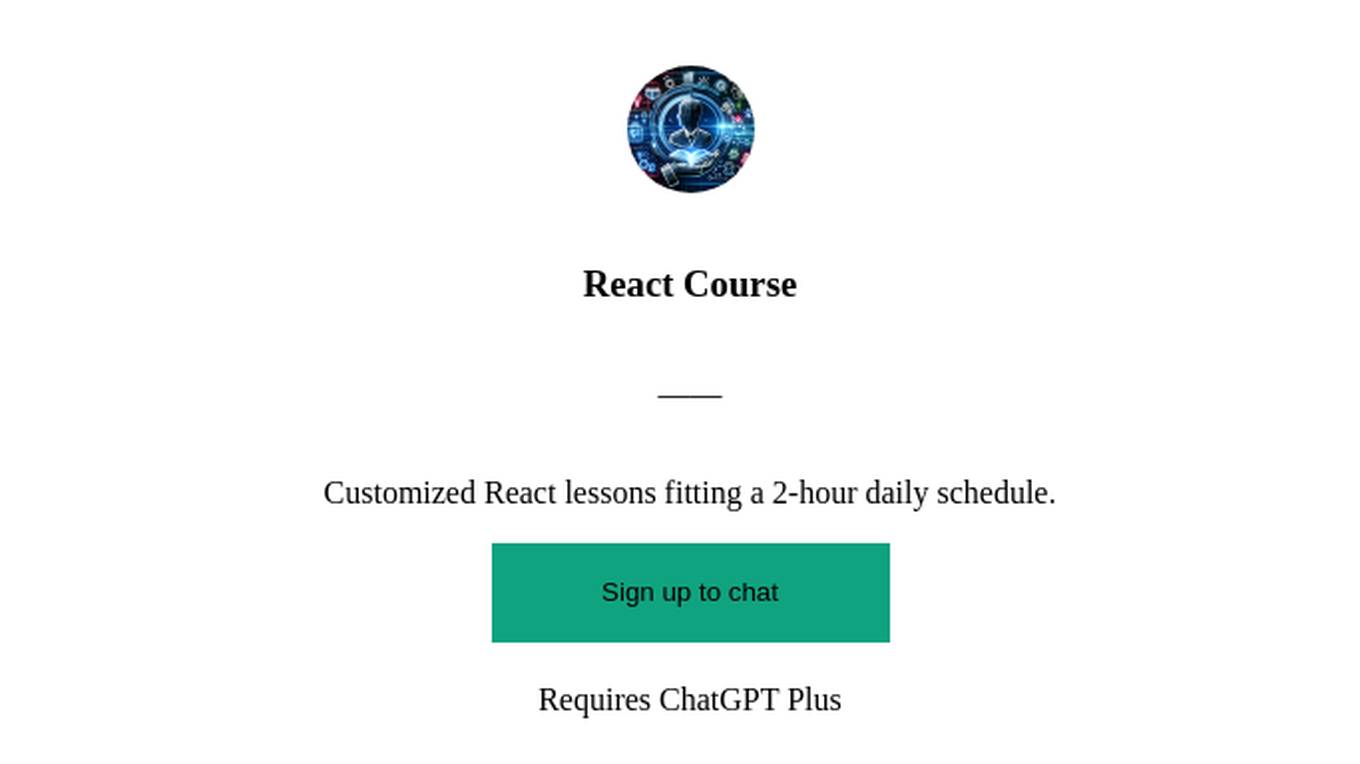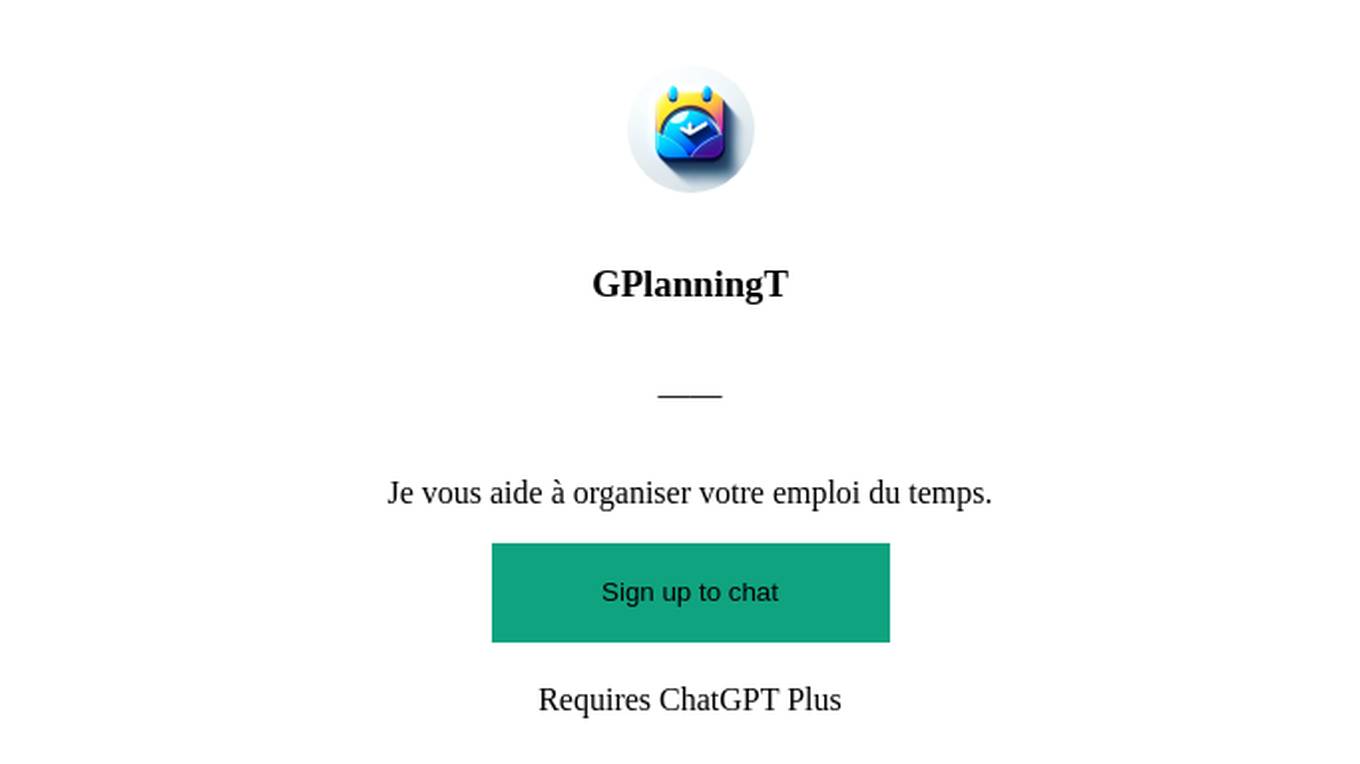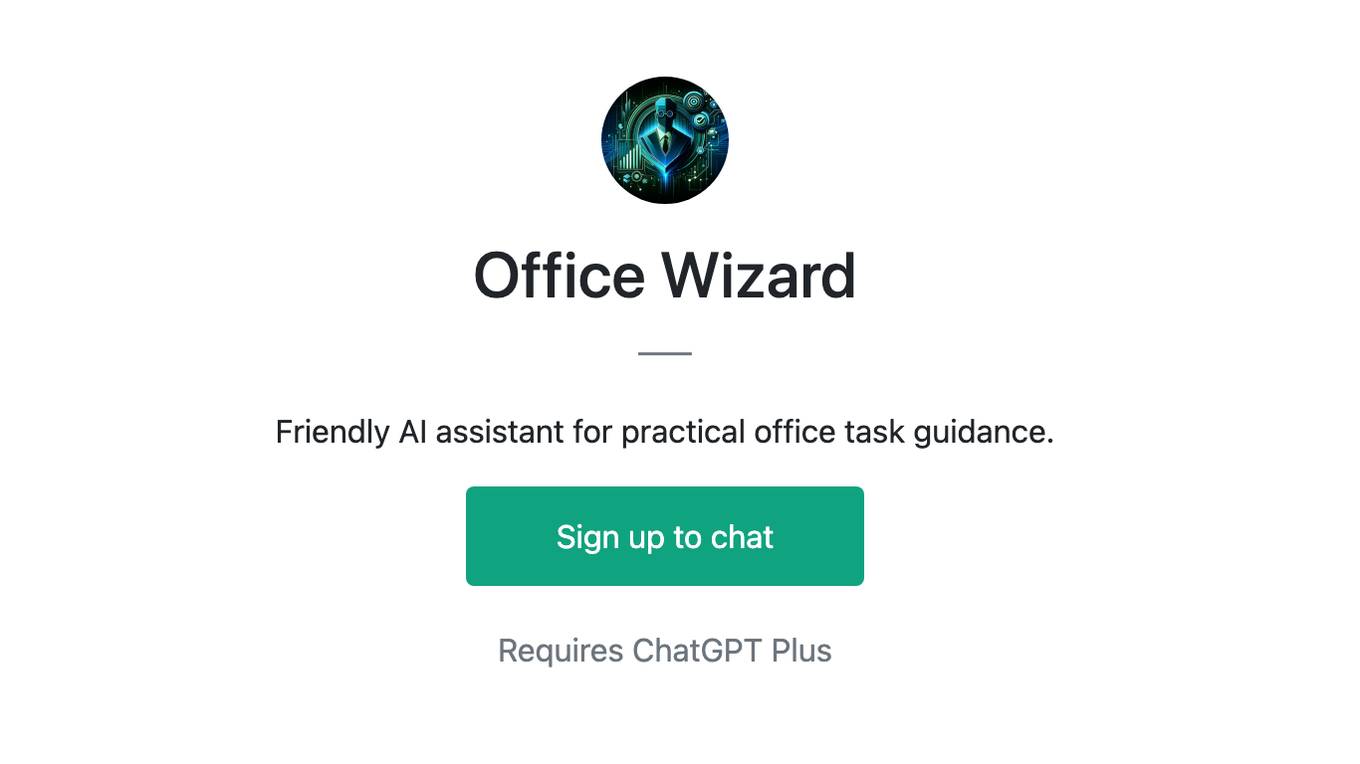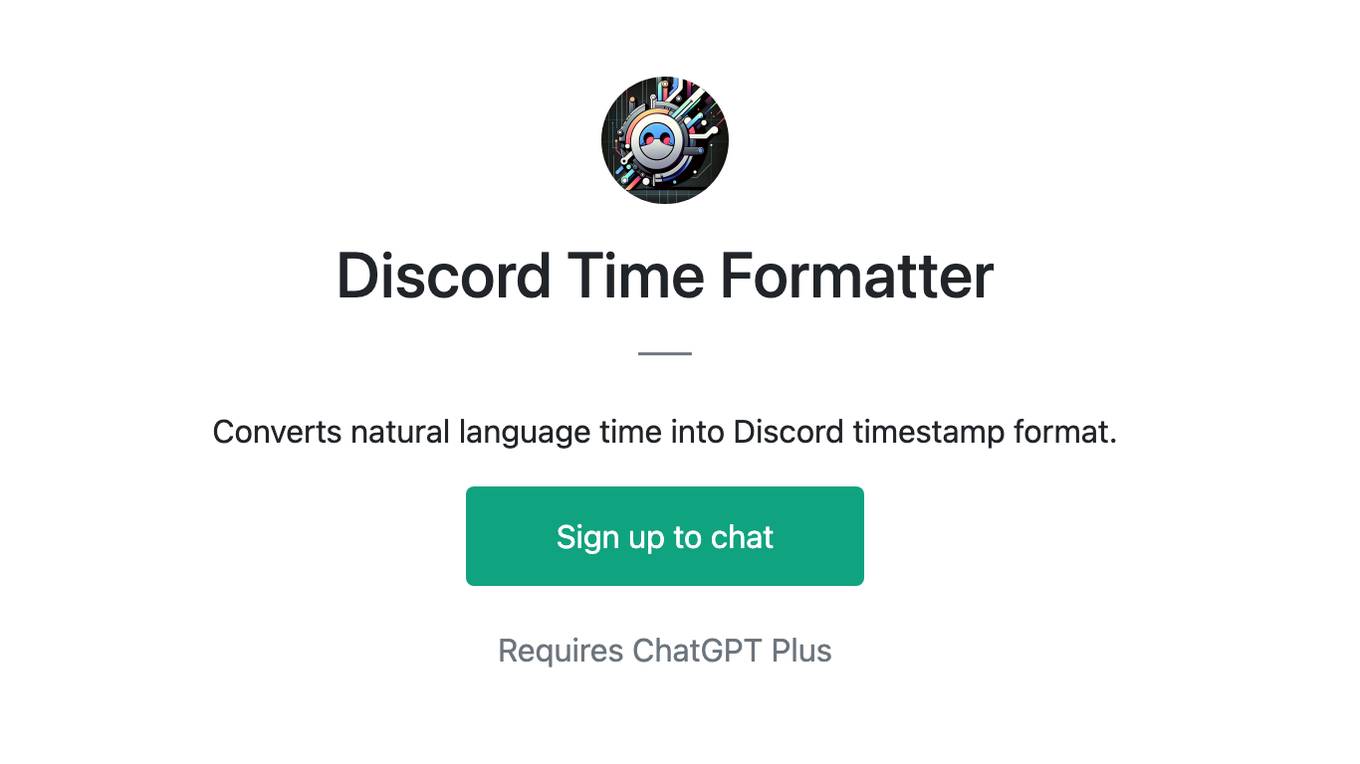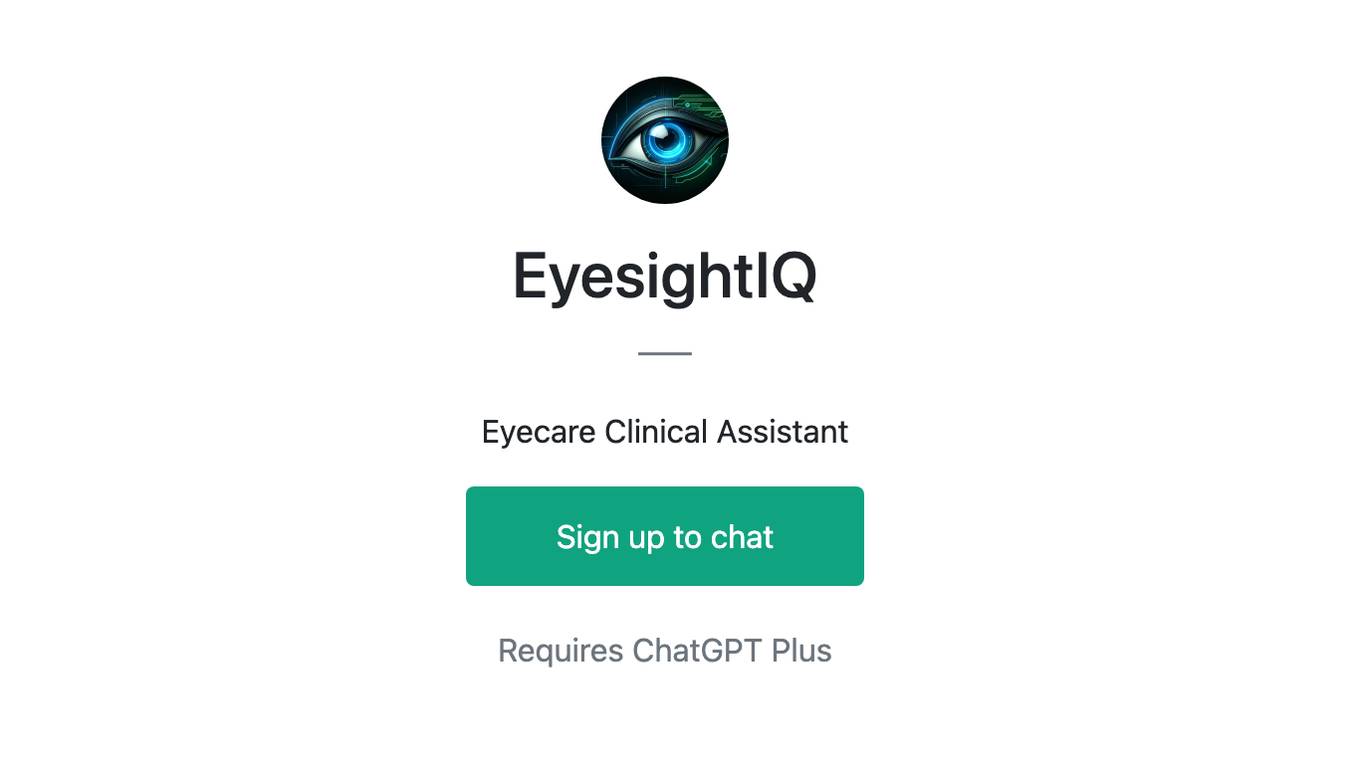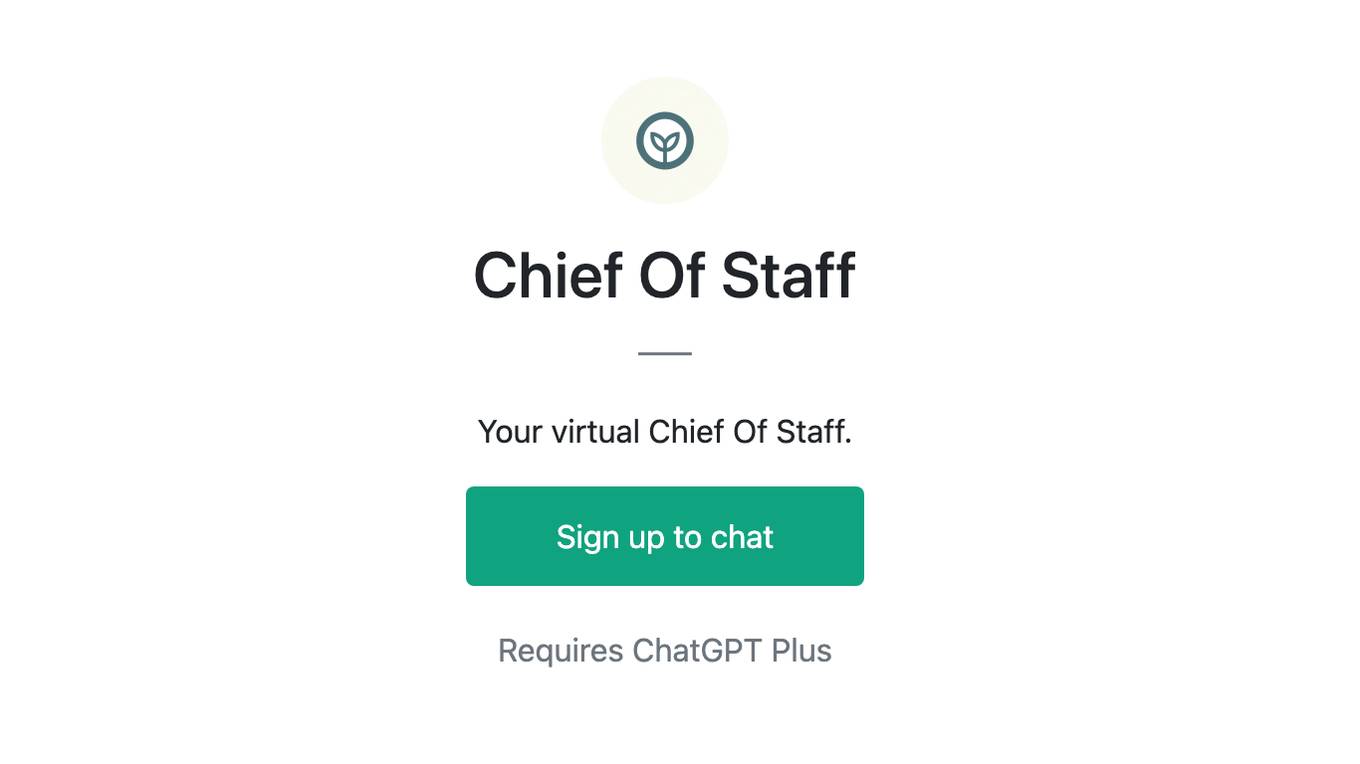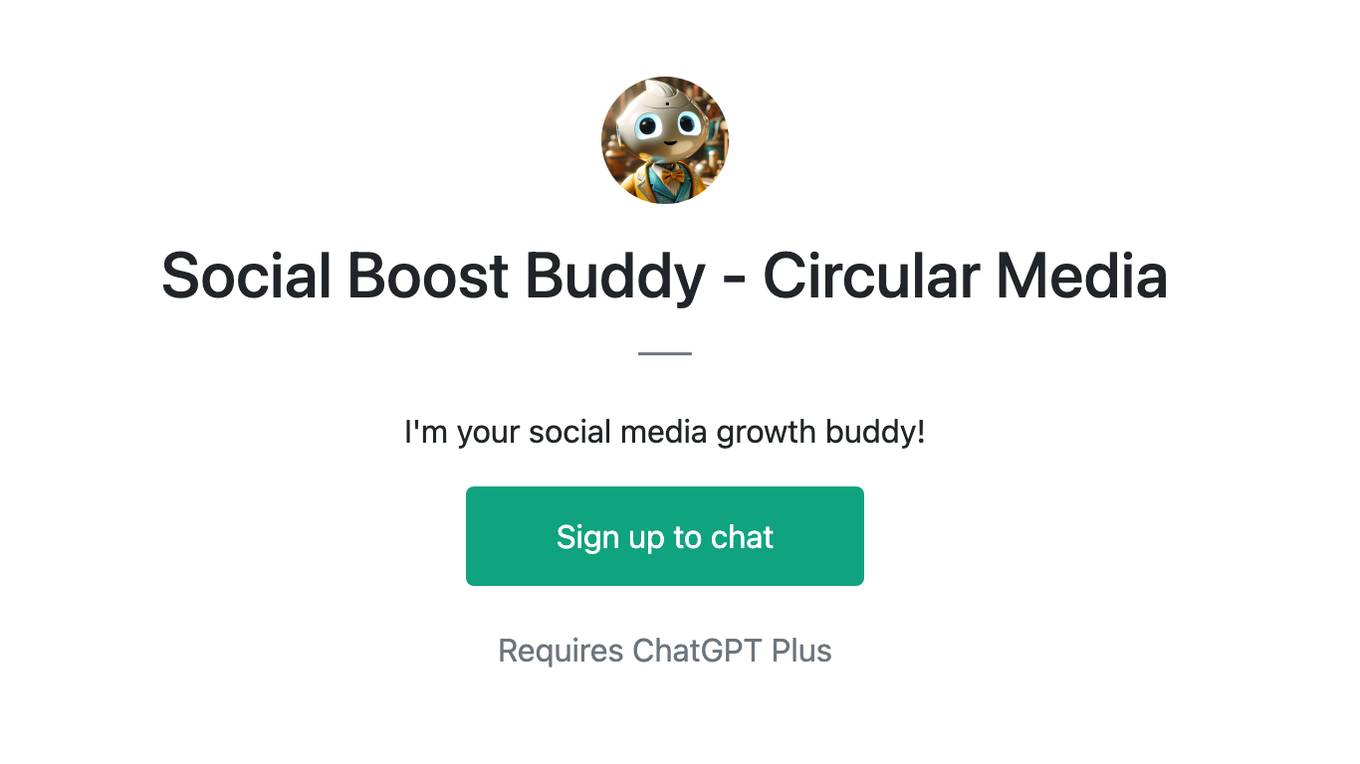Best AI tools for< Schedule Tiktok Posts >
20 - AI tool Sites
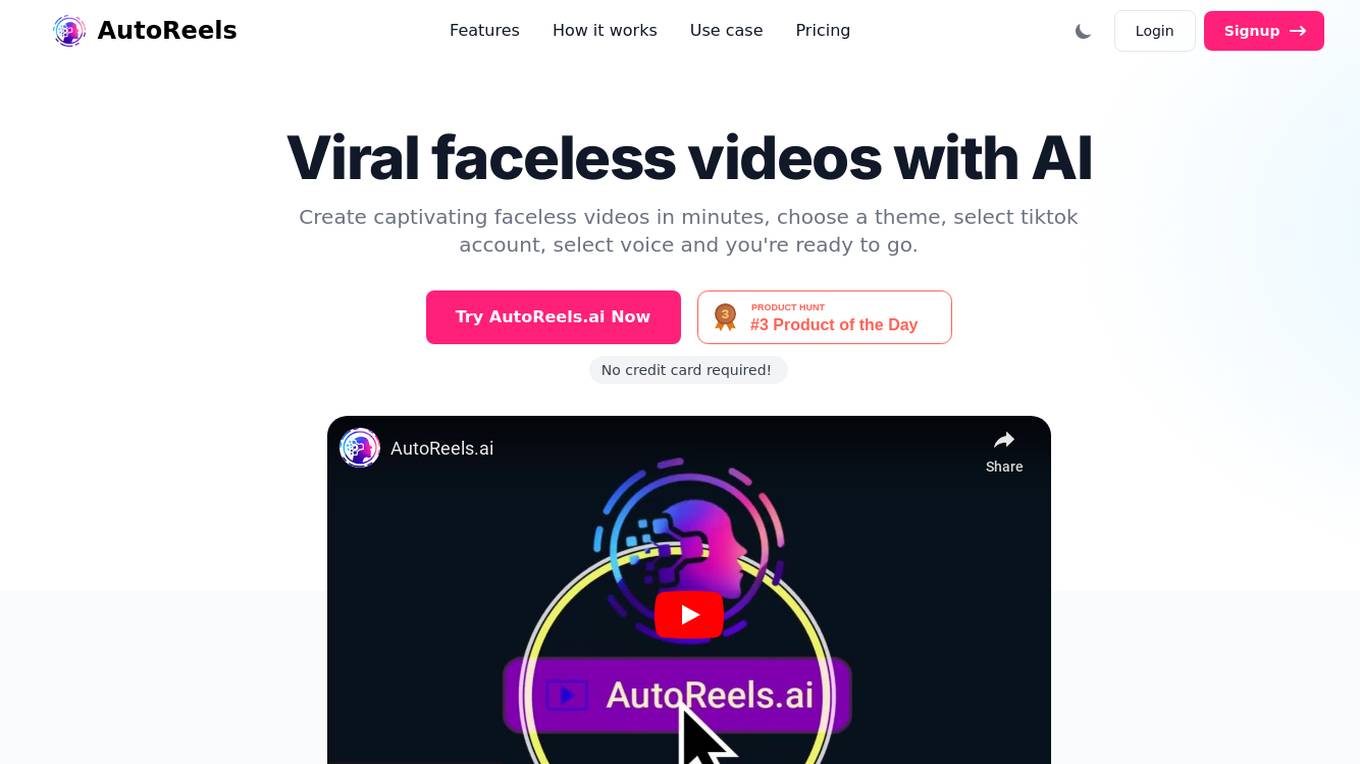
AutoReels
AutoReels is an AI-powered tool designed to help users create engaging faceless videos for social media platforms like YouTube, TikTok, and Instagram. The tool leverages advanced AI algorithms to craft unique videos that stand out, ensuring privacy and creativity by never showing the user's face. AutoReels simplifies the video creation process, allowing users to generate, schedule, and upload videos on autopilot. With features like automated video creation, subtitles customization, and scheduling posts for social media, AutoReels is a time-saving solution for social media teams, small business owners, content creators, and influencers.
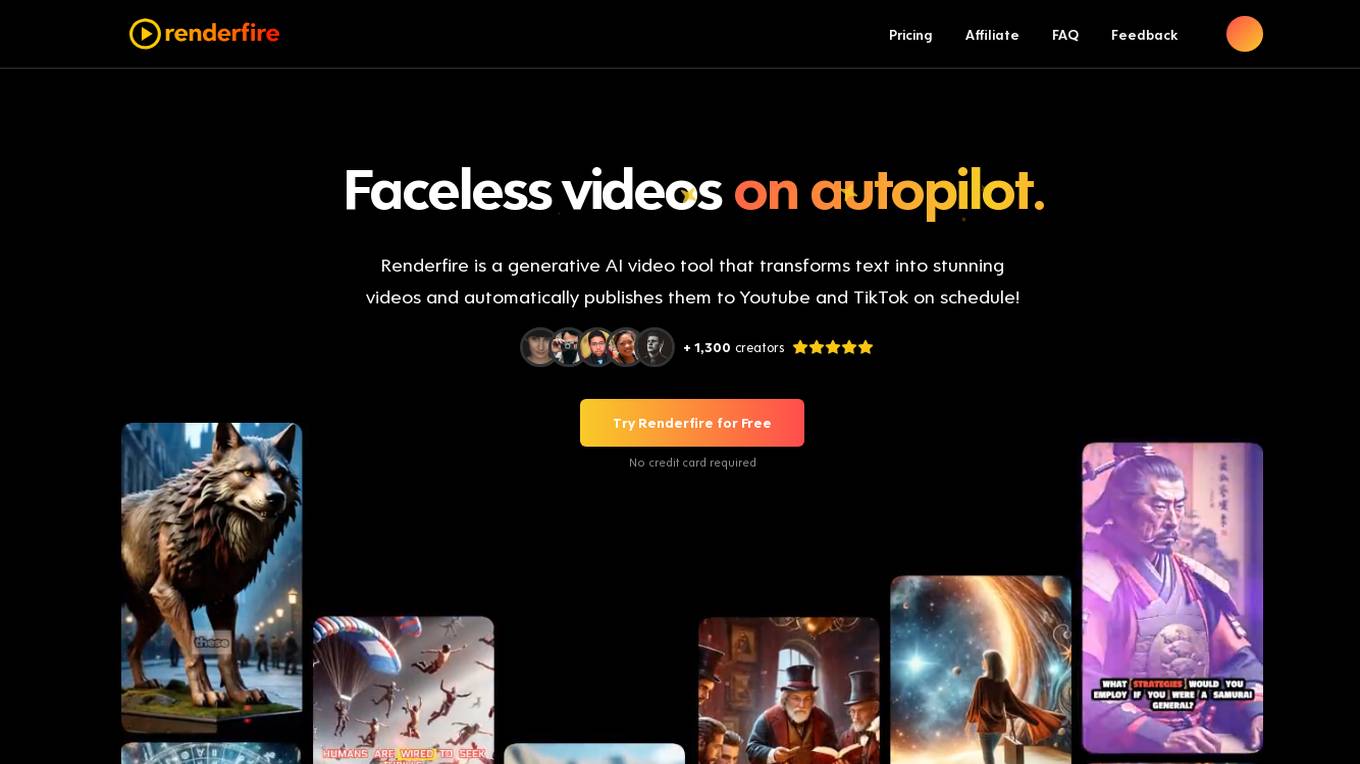
Renderfire
Renderfire is a generative AI video tool that transforms text into stunning videos and automatically publishes them to Youtube and TikTok on schedule. It offers various pricing plans to cater to different user needs, from creating one video per month to posting twice a day. With Renderfire, users can easily create and manage faceless video series, preview and edit videos before posting, and enjoy features like auto-posting, high-resolution images, and no watermark. The platform supports multiple social media platforms and allows customization through custom prompts.
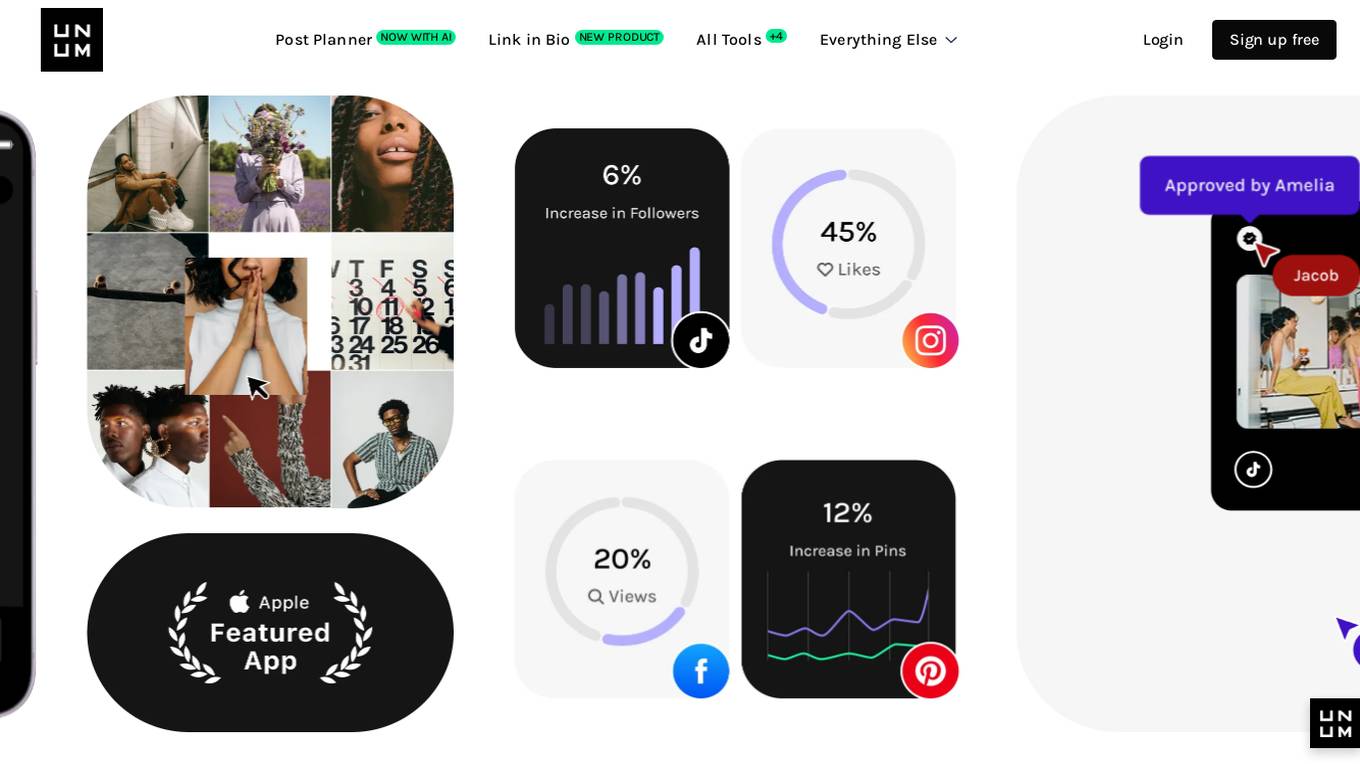
UNUM
UNUM is a comprehensive social media management tool designed to help users create, publish, analyze, and grow their social media channels. With features like auto-posting, AI captioning, hashtag generation, photo and video editing, and a media library, UNUM streamlines the social media workflow. It also offers insights, reports, and a social media calendar to help users track their performance and plan ahead. UNUM is trusted by over 20 million creators and teams worldwide, providing a centralized platform for managing multiple social media accounts and optimizing content strategy.

StreamGen
StreamGen is an AI-powered platform designed for content creators to find and edit Twitch clips for TikTok and YouTube Shorts. It offers features such as automatic clip detection, web-based clip editor, AI VOD editor, content scheduler, autopilot, AI title maker, and more. StreamGen helps users create viral clips quickly and efficiently, saving time and effort in content creation. With advanced AI models, users can analyze Twitch VODs, edit clips with automated captions and effects, schedule posts across platforms, and generate viral titles. The platform aims to streamline the process of creating engaging short-form content for social media.
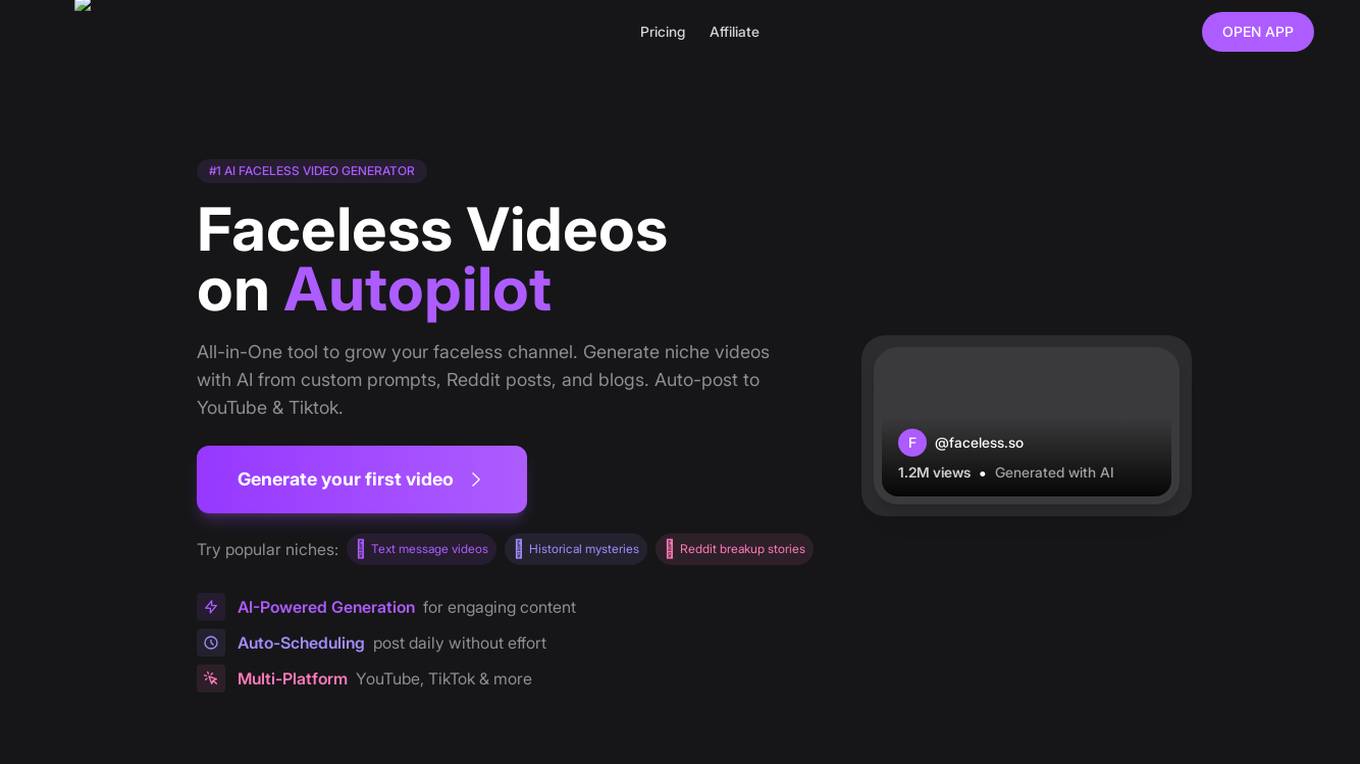
Faceless.so
Faceless.so is a full-stack faceless video generator that leverages AI technology to create niche videos from custom prompts, Reddit posts, and blogs. The platform offers an all-in-one solution for growing a faceless channel by generating engaging content and auto-posting it to platforms like YouTube and TikTok. With features like AI-powered video generation, auto-scheduling, and customizable themes, Faceless.so simplifies content creation and audience engagement. Users can benefit from multilingual support, time-saving automation, and consistent audience growth, making it an ideal tool for content creators looking to enhance their online presence.
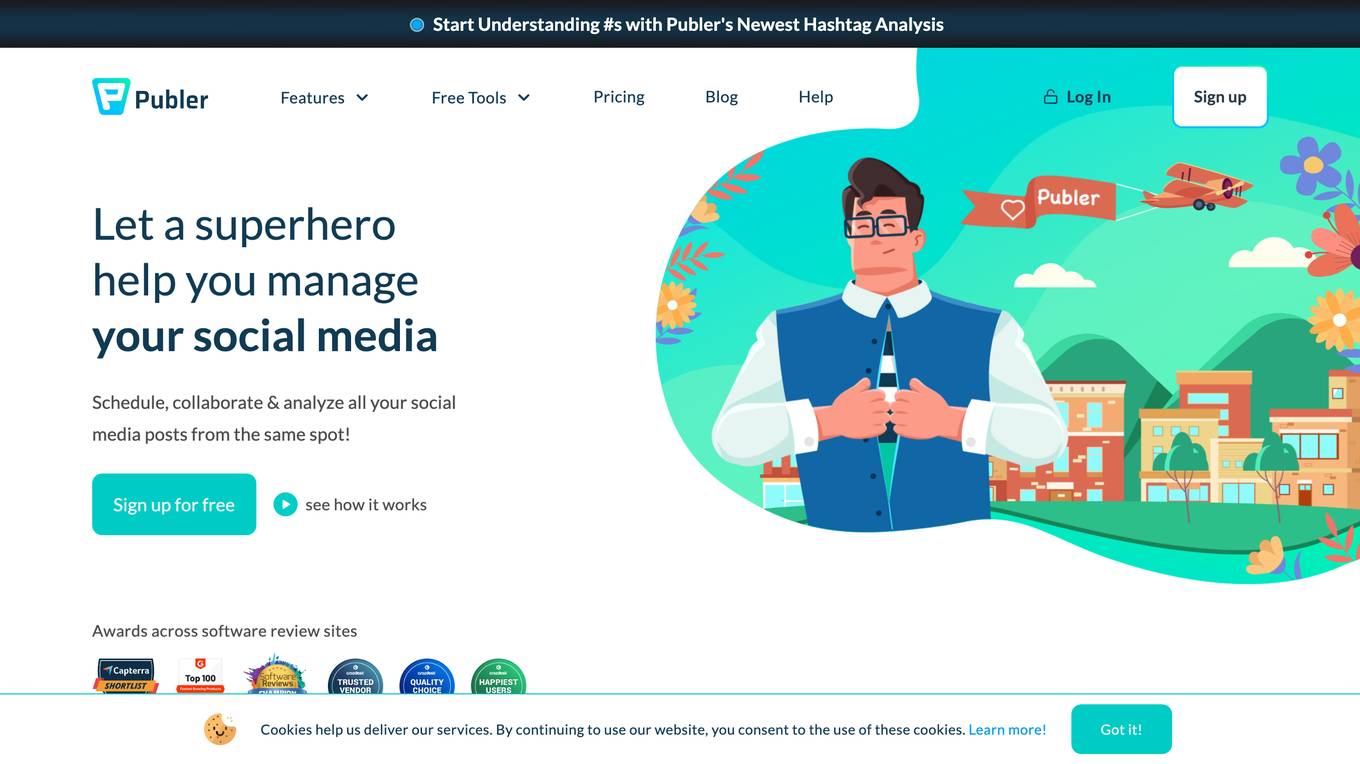
Publer
Publer is a social media management platform that allows you to collaborate, schedule, and analyze your posts on various platforms including Facebook, Instagram, TikTok, Twitter, Mastodon, LinkedIn, Pinterest, Google Business, YouTube, WordPress, and Telegram. It offers features such as AI Assist, calendar view, link in bio, workspaces, analytics, and integrations with cloud storage, Canva & VistaCreate, photo editor, RSS feeds, and browser extension.
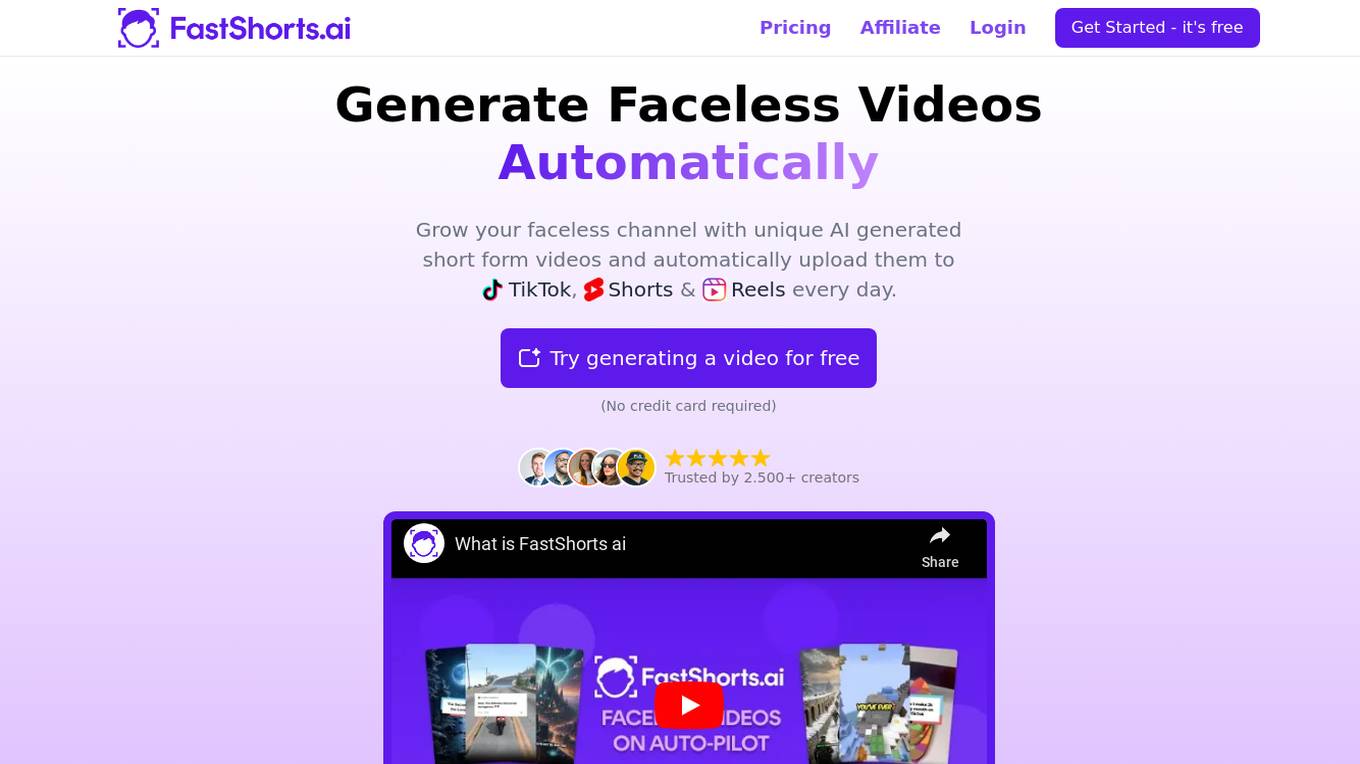
FastShorts.ai
FastShorts.ai is an AI generator for faceless videos on TikTok and YouTube. It automatically creates unique short form videos with AI-powered voiceovers and visuals, helping creators grow their channels effortlessly. The platform allows users to customize colors, animations, and narration voices to match their brand. FastShorts.ai offers different pricing plans based on the frequency of video posts, providing a convenient solution for content creation and social media management.
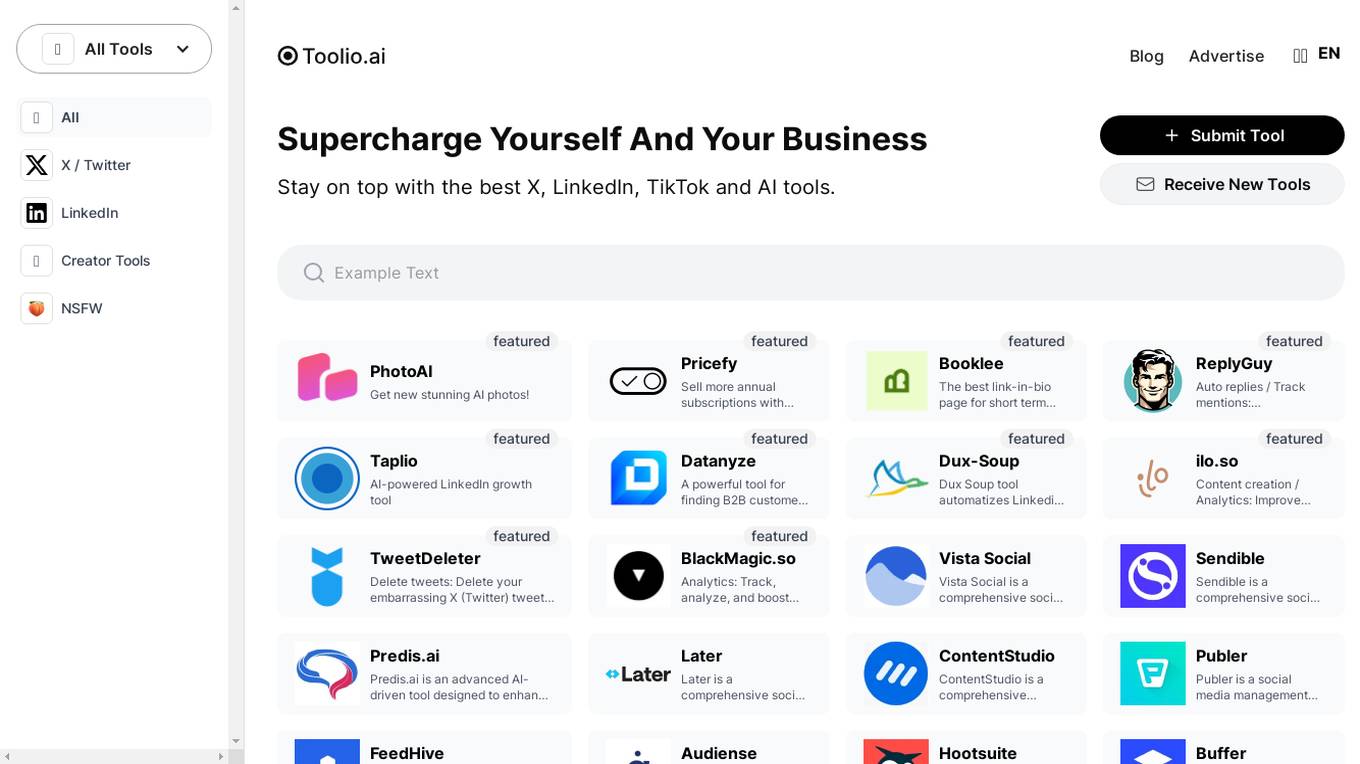
AI Toolbox
The website is a comprehensive platform that offers a wide range of AI tools and applications to enhance social media management, content creation, marketing strategies, and user engagement. Users can access advanced AI-driven features for automating workflows, generating personalized content, analyzing data, and optimizing online presence. The platform caters to entrepreneurs, marketers, business owners, and content creators seeking innovative solutions to streamline their digital strategies and boost online performance.
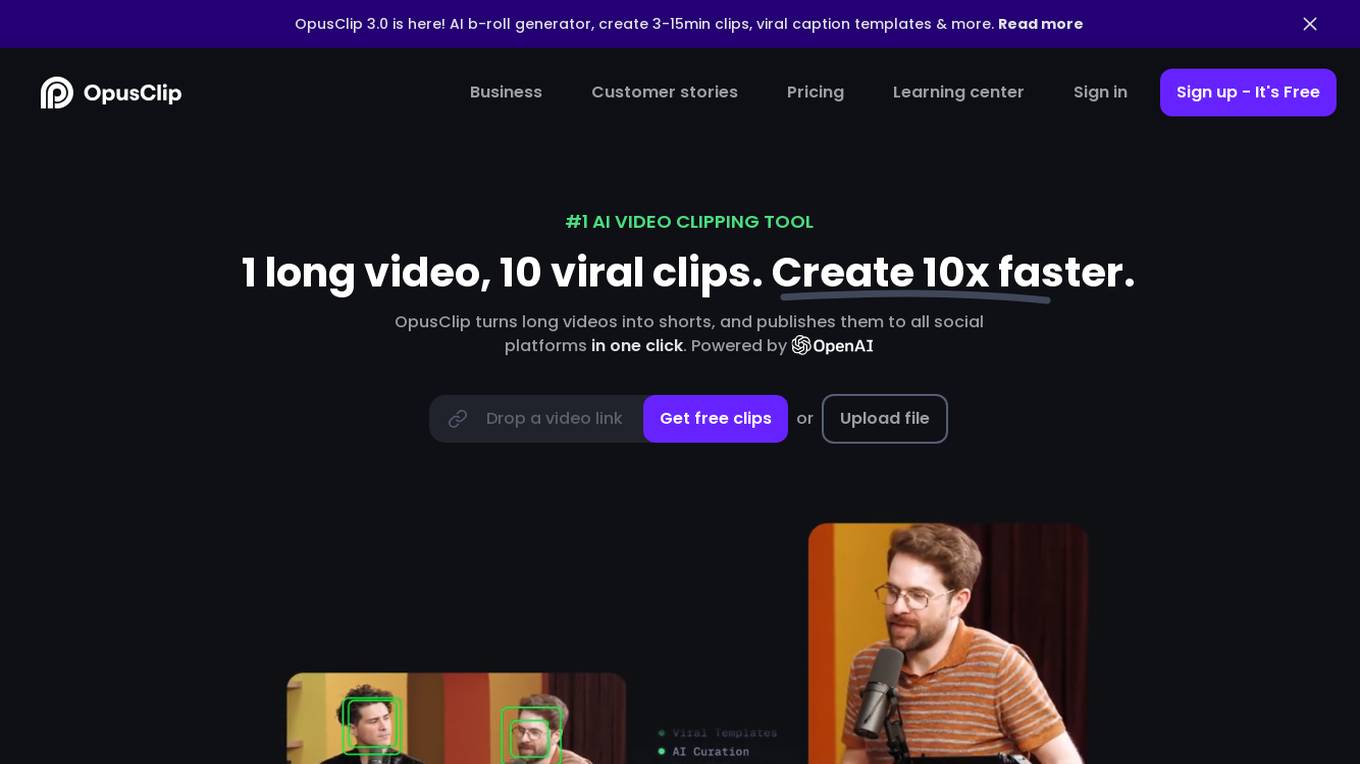
OpusClip
OpusClip is an AI-powered video repurposing tool that allows users to easily transform long videos into engaging short clips optimized for various social media platforms. The tool leverages big data analysis and AI technology to identify key moments in videos, add dynamic captions, and seamlessly create viral-worthy content. With features like AI b-roll generation, auto reframing, customizable brand templates, and social post scheduling, OpusClip streamlines the video editing process and helps users grow their online presence. The platform supports multiple languages and offers a free trial of its Pro Plan, making it accessible to a wide range of content creators and marketers.
Iconosquare
Iconosquare is a comprehensive social media analytics, management, and scheduling platform designed for brands and agencies. It offers a wide range of features to help businesses track their performance, create engaging content, and collaborate with their team. Iconosquare supports multiple social media platforms including Instagram, TikTok, LinkedIn, Twitter, and Facebook, providing users with a centralized hub to manage all their social media activities.
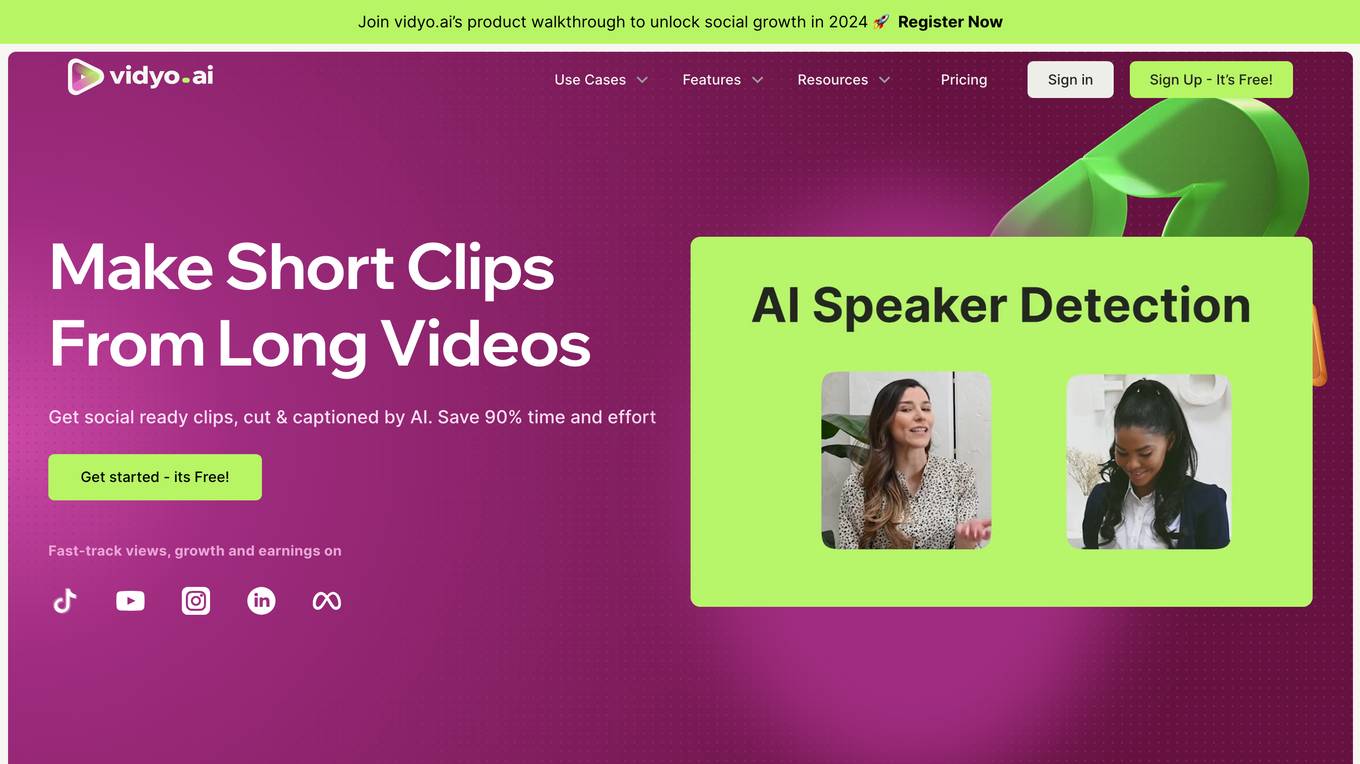
quso.ai
quso.ai is an all-in-one Social Media AI Suite that offers a comprehensive set of AI tools for content creation, scheduling, analytics, and video editing. It helps users transform ideas into engaging content across various social platforms, driving growth and engagement. With features like AI Content Creator, AI Clips Generator, AI Video Generator, and more, quso.ai simplifies social media management and boosts efficiency. The platform caters to individuals, small businesses, start-ups, agencies, and various industries, providing a user-friendly interface and powerful AI capabilities.
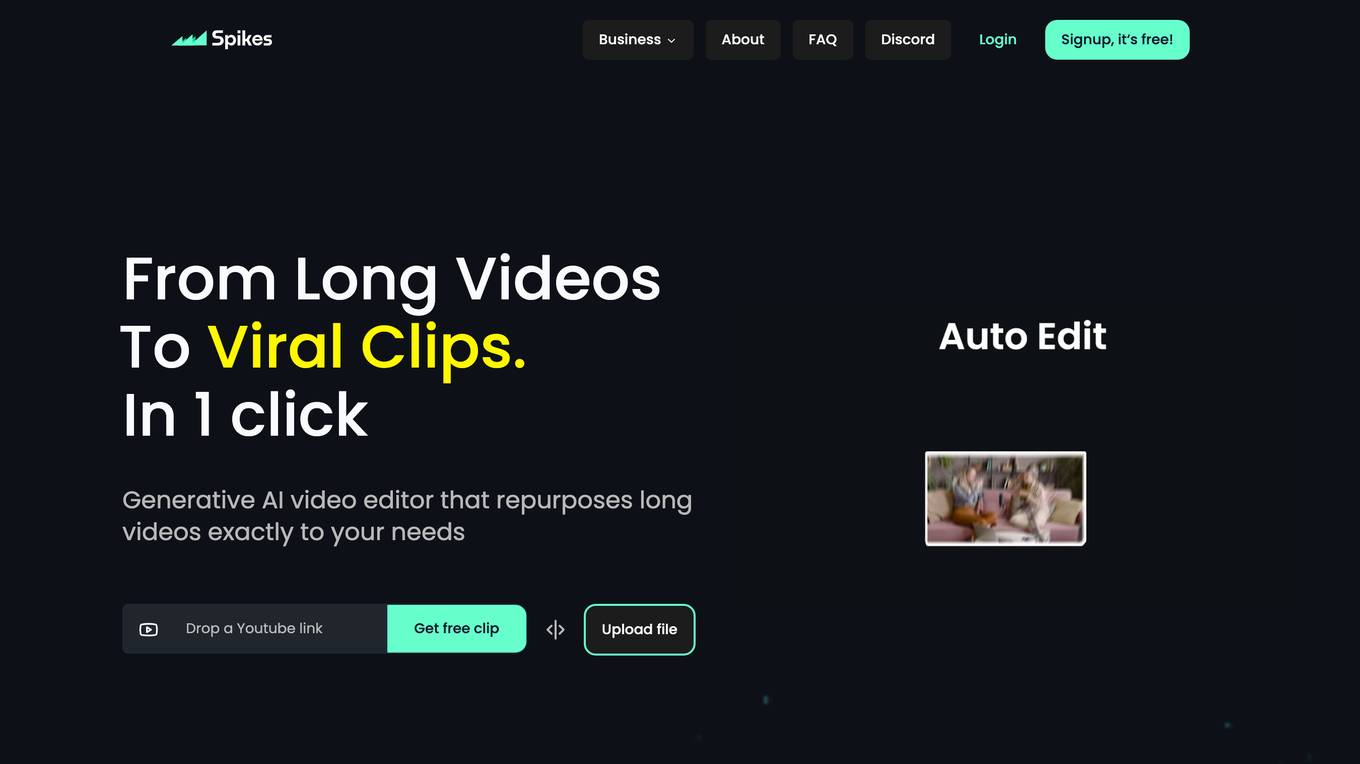
Spikes Studio
Spikes Studio is an AI-powered video editing tool that specializes in transforming long videos into viral clips for platforms like YouTube, Twitch, TikTok, and Reels. The platform offers advanced editing features, such as auto-captions, AI-generated B-Roll, audio enhancements, GIFs, and social media scheduling. With a focus on boosting viewer retention and engagement, Spikes Studio provides a fast and efficient solution for content creators to repurpose their videos effortlessly.
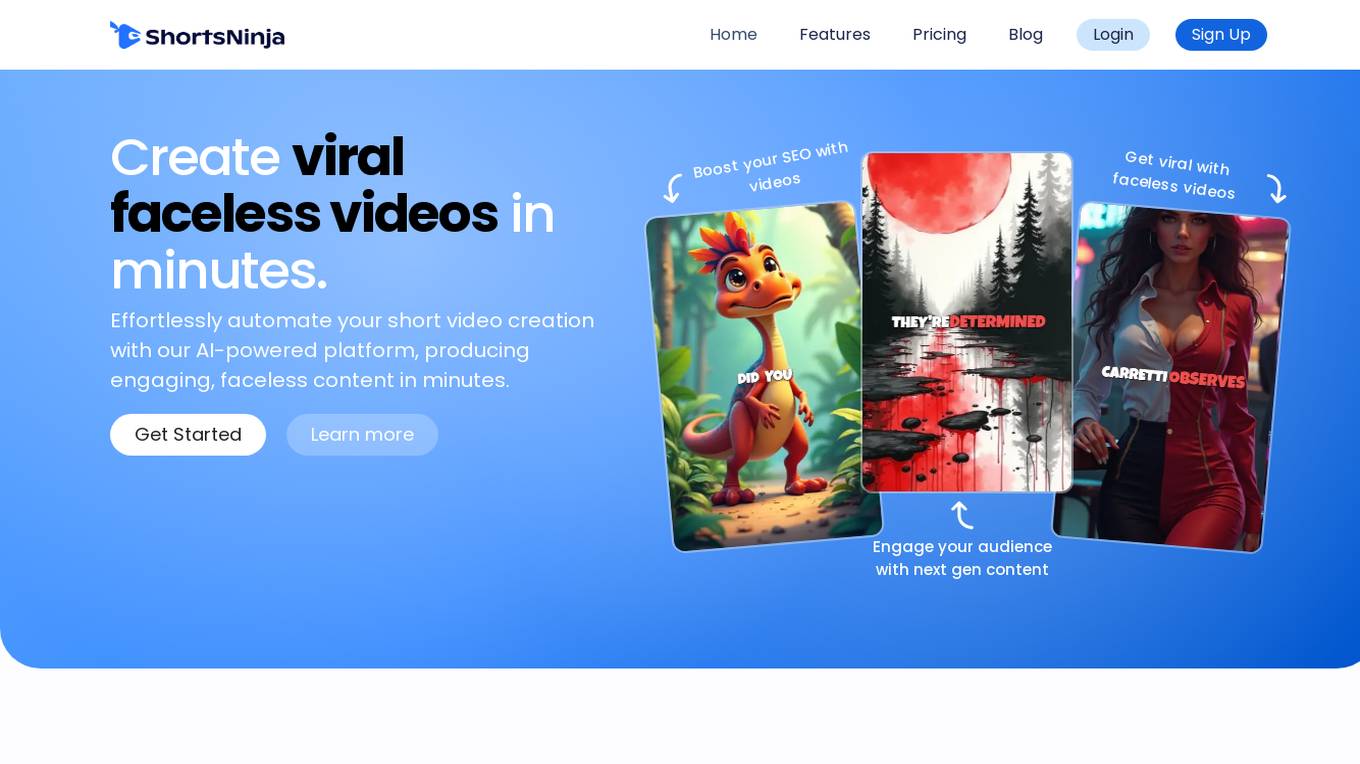
ShortsNinja
ShortsNinja is an AI-powered platform that enables users to effortlessly automate their short video creation process. With advanced AI tools, users can create engaging faceless videos tailored to their needs in minutes. The platform offers a range of styles and features, including AI-powered image generation, realistic voiceovers in over 50 languages, and social media scheduling. ShortsNinja aims to revolutionize the video creation workflow by providing a simple yet powerful solution for content creators to produce high-quality videos quickly and efficiently.
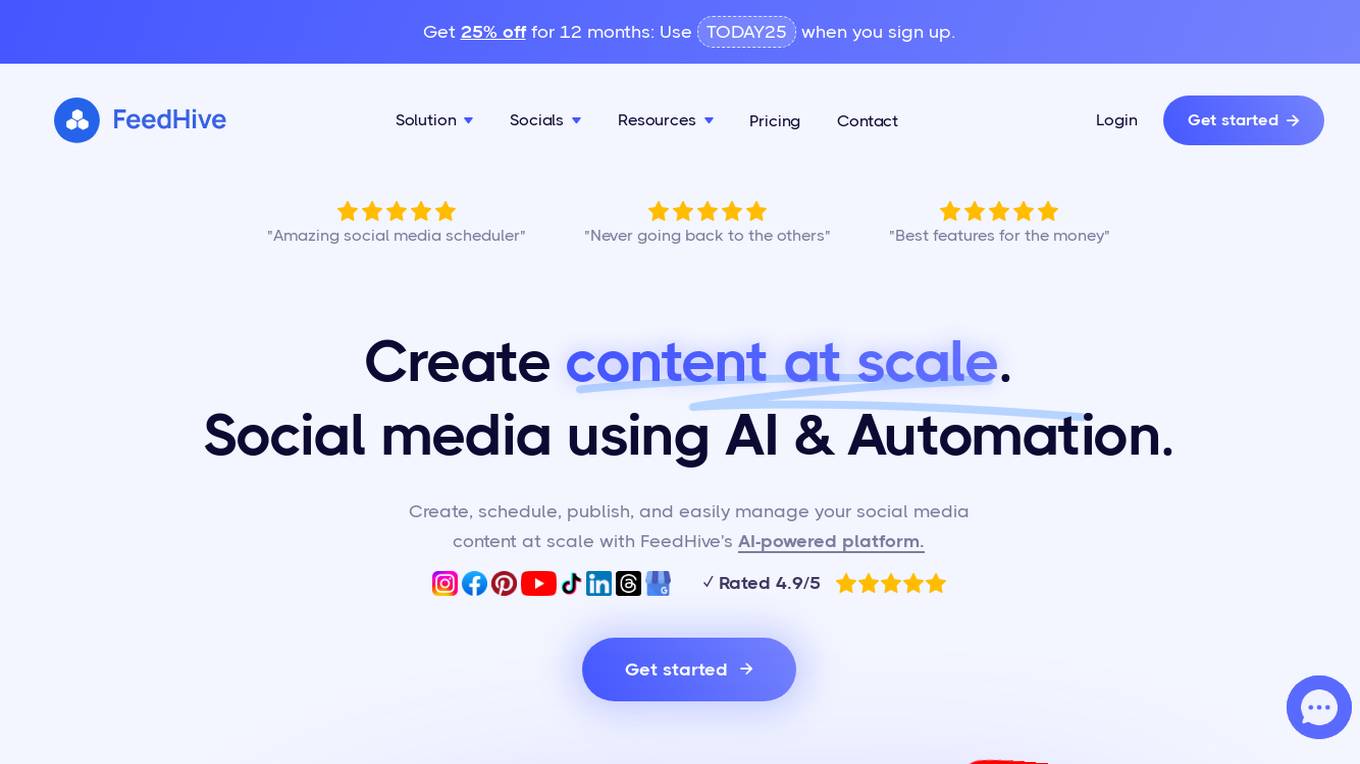
FeedHive
FeedHive is an AI-powered social media management platform that helps businesses and content creators create, schedule, publish, and manage their social media content at scale. It offers a range of features including social media scheduling, social inbox, AI-powered content generation, analytics, collaboration tools, and white labeling. FeedHive integrates with all major social media platforms, including Facebook, Instagram, YouTube, TikTok, LinkedIn, Pinterest, and Google Business Profile.
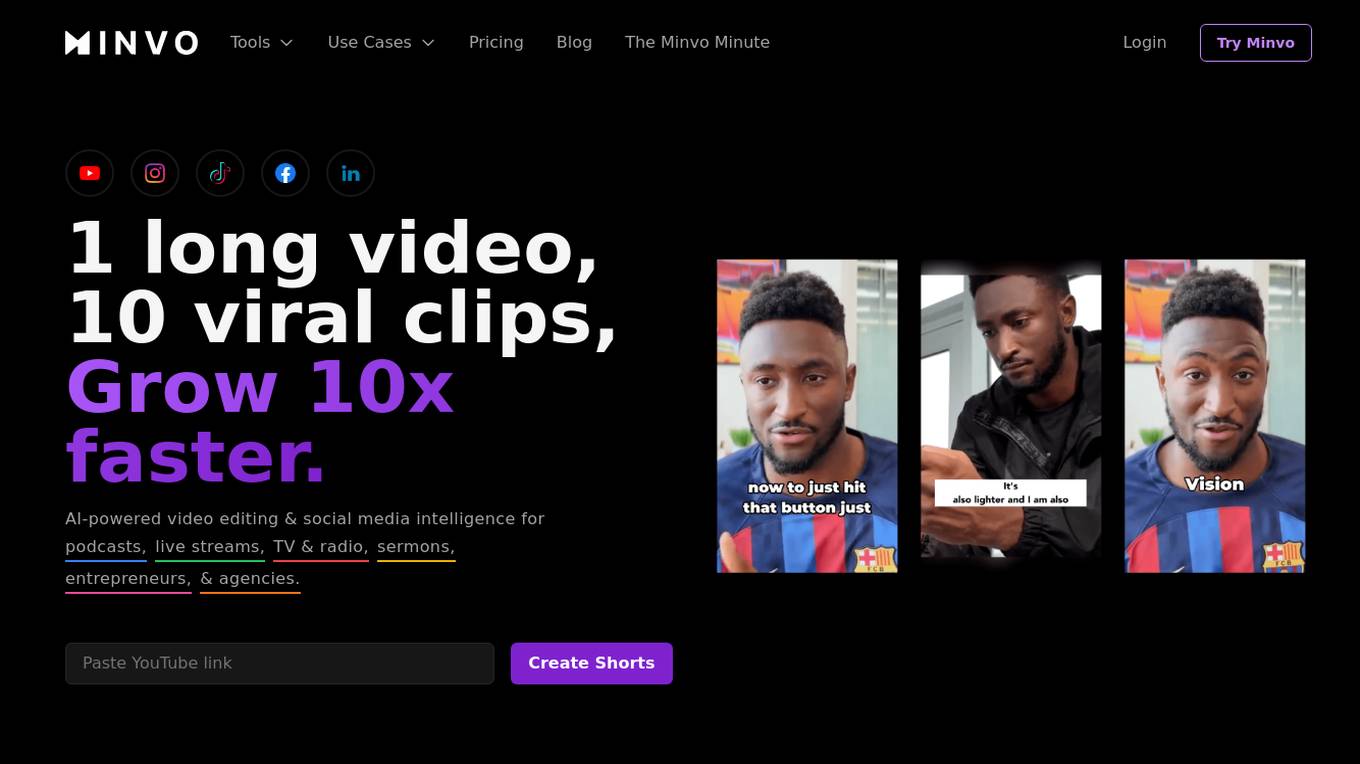
Minvo
Minvo is an AI-powered video editing and social media intelligence tool that allows users to create professional clips from videos in just 3 clicks. With features like auto-cutting um's and ah's, AI-insert emojis, and B-roll, Minvo simplifies the content creation process for platforms like YouTube, Instagram, TikTok, and more. It offers social analytics, scheduling directly to social media platforms, and the ability to transcribe and translate content in over 50 languages. Minvo caters to podcasters, live streamers, TV and radio professionals, churches, entrepreneurs, and agencies, providing both beginner-friendly and advanced editing options.

SynthLife
SynthLife is a virtual influencer creator and AI influencer creator tool that simplifies the process of building, growing, and monetizing virtual influencers. Users can easily create unique faces, generate content for various social media platforms, and manage multiple AI personas. The tool offers a range of plans with features like AI image editing, video redraw, Instagram cloning, access to templates, and creator programs. SynthLife is integrated with social media platforms, allowing users to auto-generate content, schedule posts, and manage their social profiles effortlessly. The platform also enables users to create faceless TikTok and YouTube channels, clone viral content, and interact with AI influencers that do not physically exist.
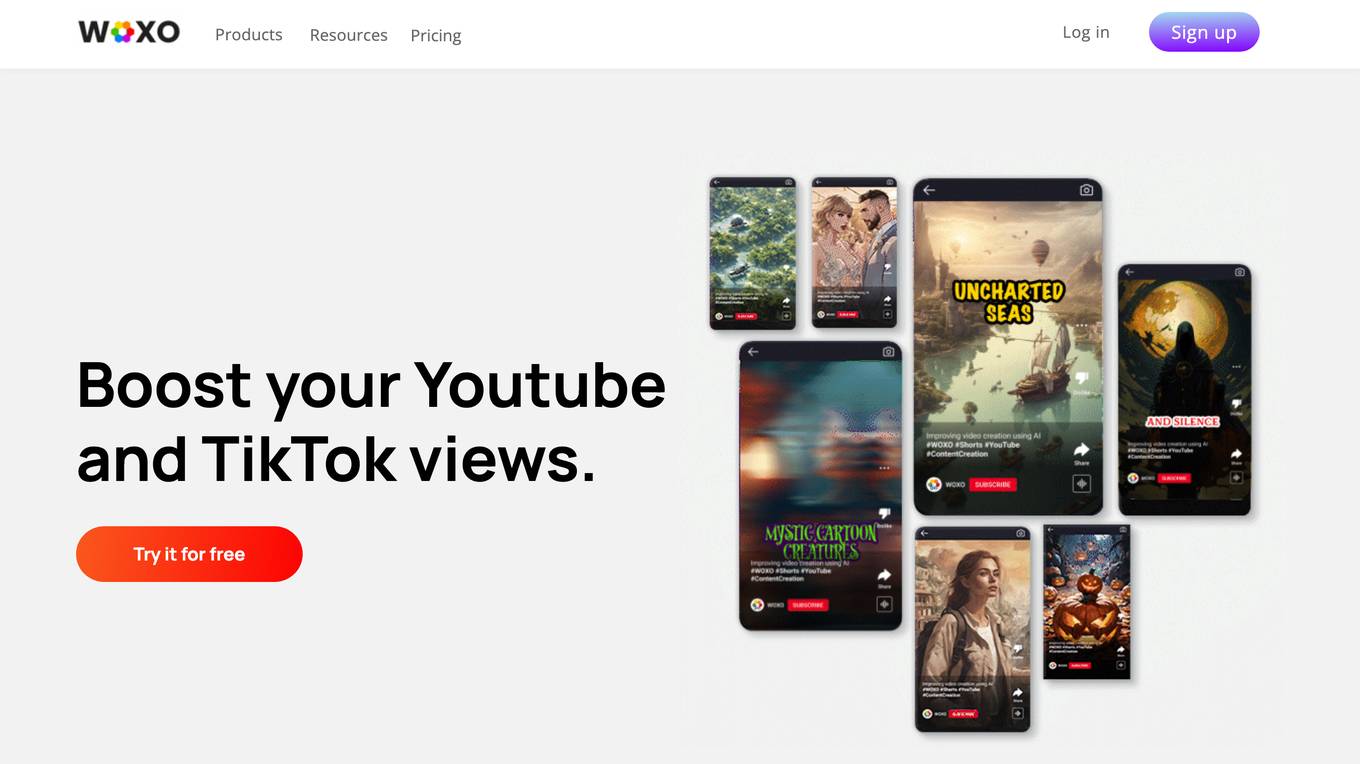
WOXO
WOXO is an AI-powered video generator that helps content creators boost their YouTube and TikTok views. It offers a range of features to streamline the video creation process, including idea generation, quick editing, and scheduling. With WOXO, content creators can save time, overcome creative blocks, and ensure consistency in their video output.
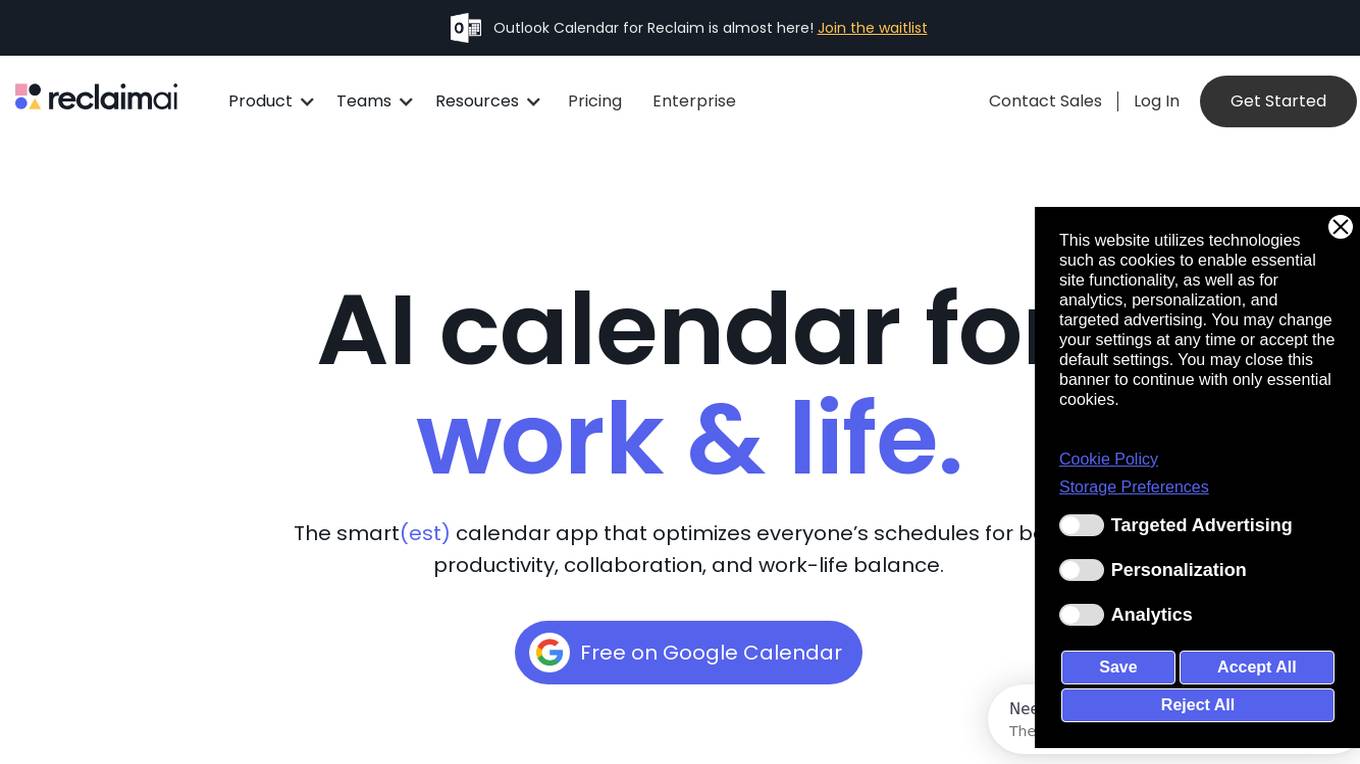
Reclaim.ai
Reclaim.ai is an AI-powered scheduling application designed to optimize users' schedules for better productivity, collaboration, and work-life balance. The app offers features such as Smart Meetings, Scheduling Links, Calendar Sync, Buffer Time, and Time Tracking. It helps users analyze their time across meetings, tasks, and work-life balance metrics. Reclaim.ai is trusted by over 300,000 people across 40,000 companies, with a 4.8/5 rating on G2. The application is known for its ability to defend focus time, automate daily plans, and manage smart events efficiently.

Dola
Dola is an AI calendar assistant that helps users schedule their lives efficiently and save time. It allows users to set reminders, make calendar events, and manage tasks through natural language communication. Dola works with voice messages, text messages, and images, making it a versatile and user-friendly tool. With features like smarter scheduling, daily weather reports, faster search, and seamless integration with popular calendar apps, Dola aims to simplify task and time management for its users. The application has received positive feedback for its accuracy, ease of use, and ability to sync across multiple devices.
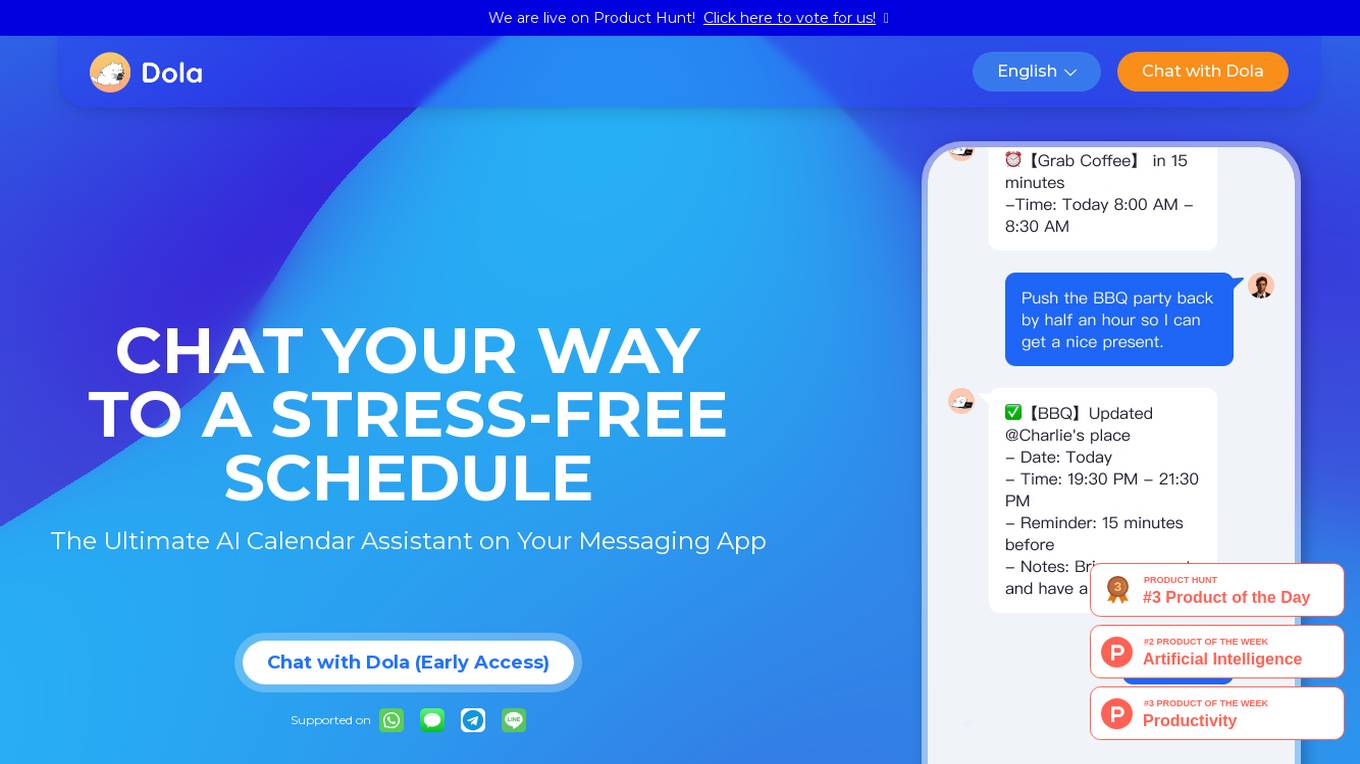
Dola
Dola is an AI-powered calendar assistant that helps you manage your schedule through messaging apps. With Dola, you can add events, edit them, and get reminders, all through natural language conversations. Dola also integrates with your existing calendar apps, so you can keep all your events in one place.
0 - Open Source AI Tools
20 - OpenAI Gpts

📅 Schedule Companion | ゆみちゃん
Paste messages! Personal assistant for managing/planning schedules and tasks with Google Calendar

✍ Schedule Companion | ゆみちゃん
Paste messages! Personal assistant for managing/planning schedules and tasks with Google Calendar
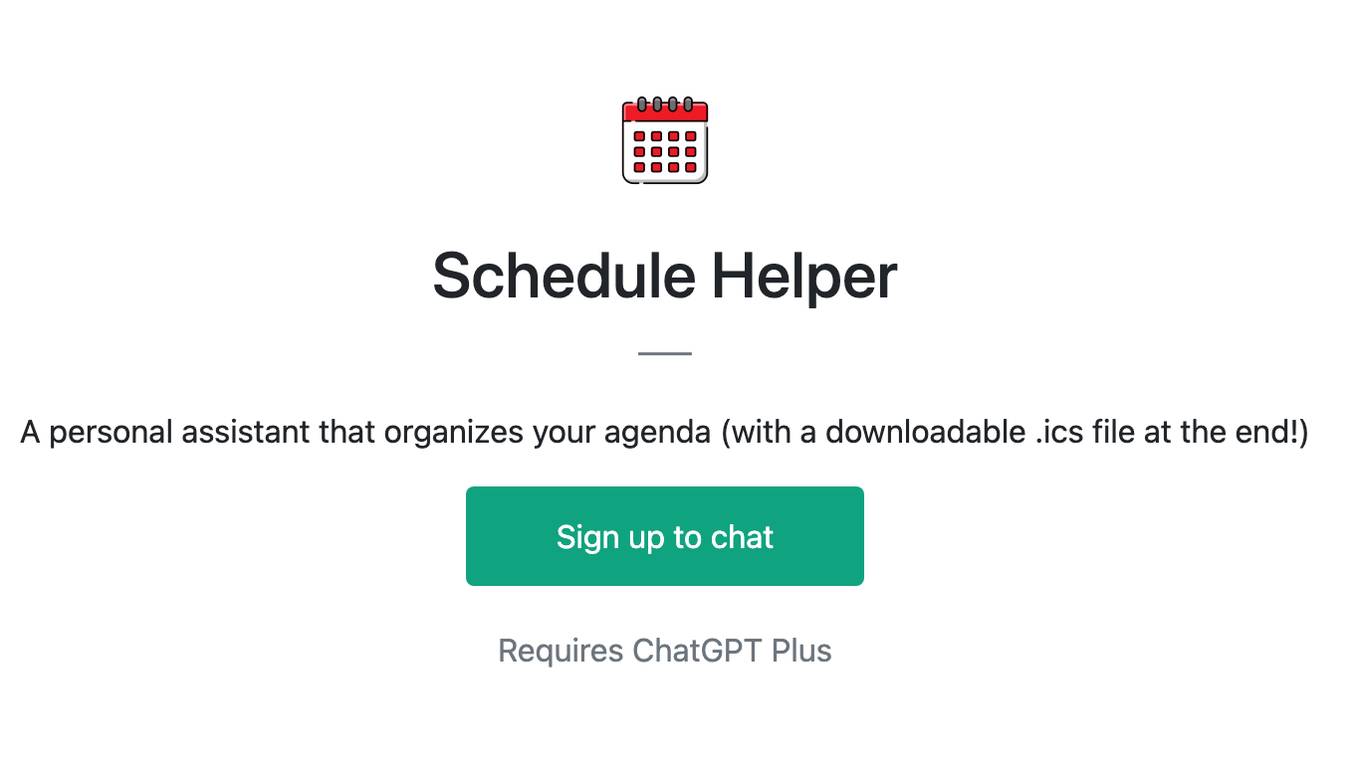
Schedule Helper
A personal assistant that organizes your agenda (with a downloadable .ics file at the end!)
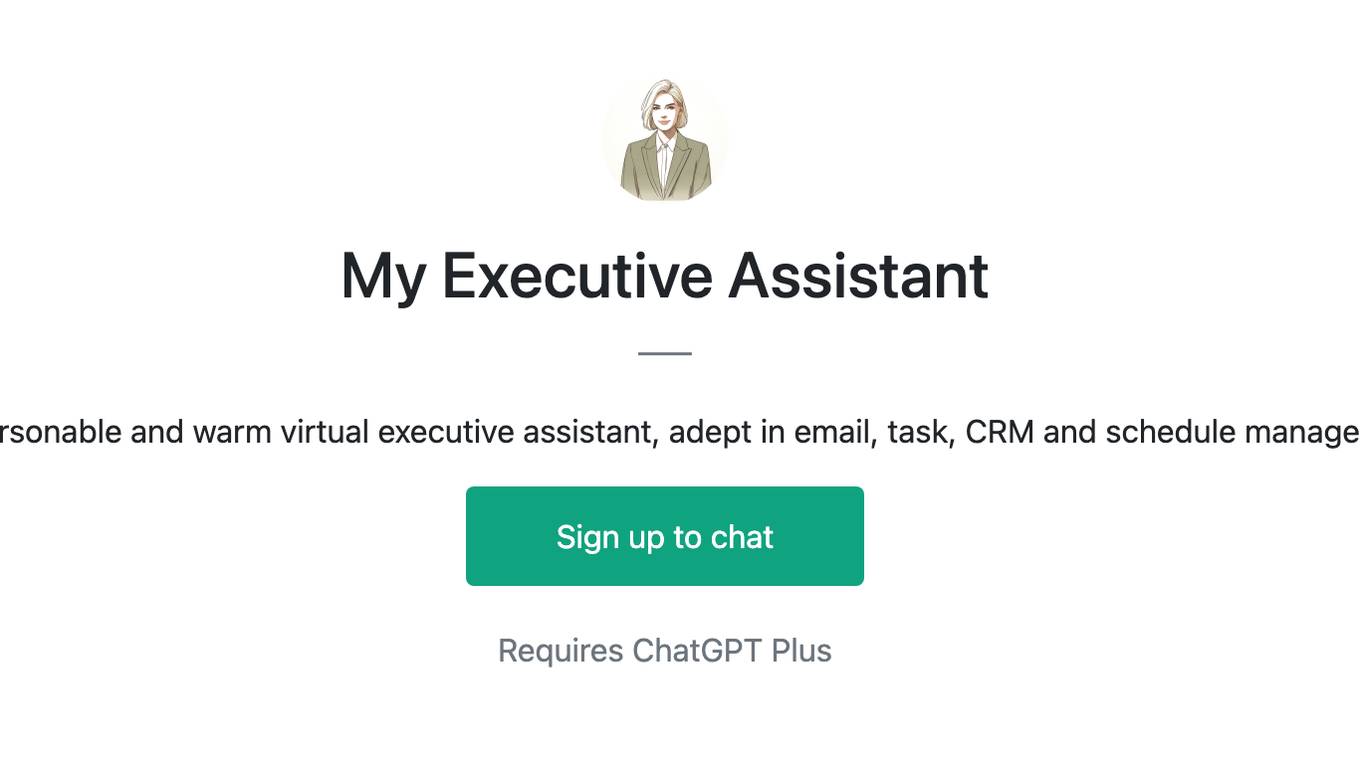
My Executive Assistant
Your personable and warm virtual executive assistant, adept in email, task, CRM and schedule management.
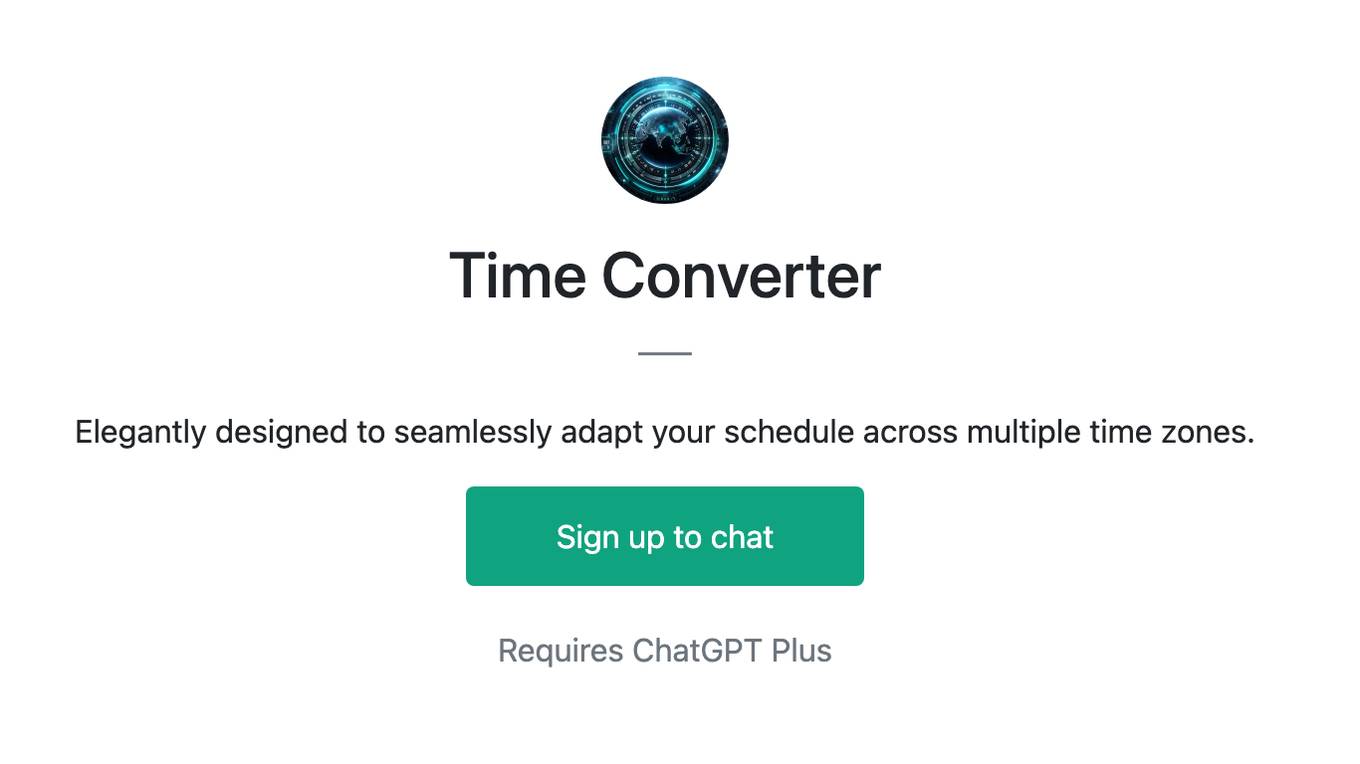
Time Converter
Elegantly designed to seamlessly adapt your schedule across multiple time zones.
Calendar event from image
Upload an image of an event poster, download the event as a .ICS file
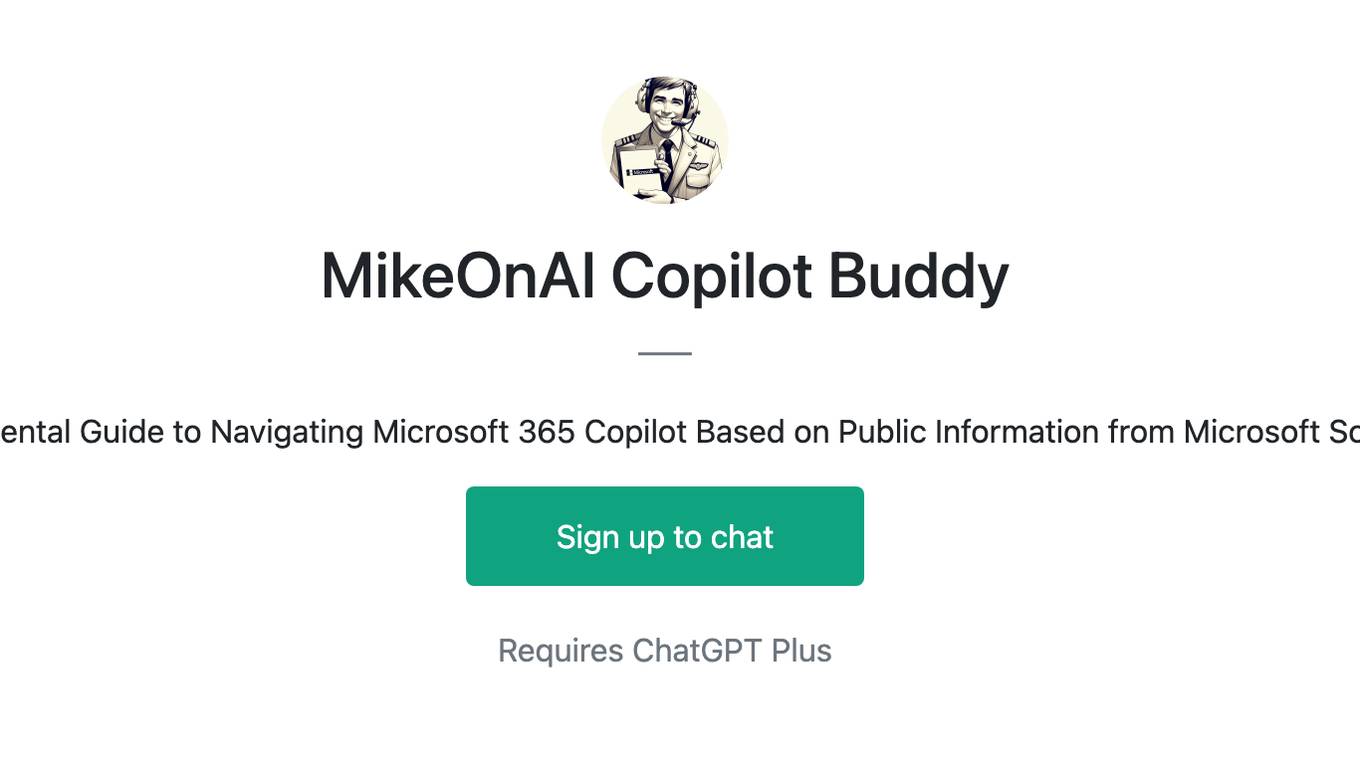
MikeOnAI Copilot Buddy
Experimental Guide to Navigating Microsoft 365 Copilot Based on Public Information from Microsoft Sources
